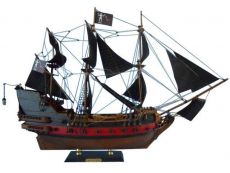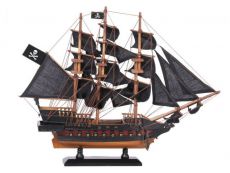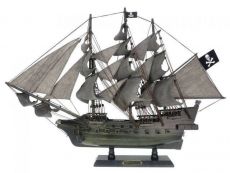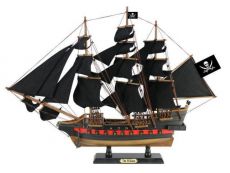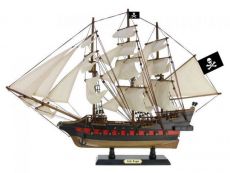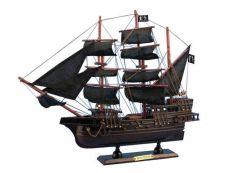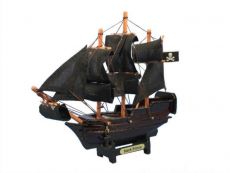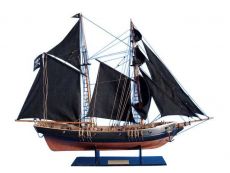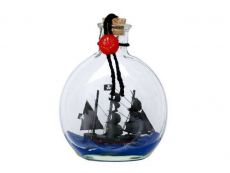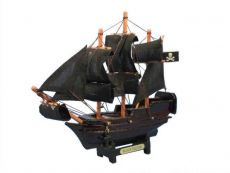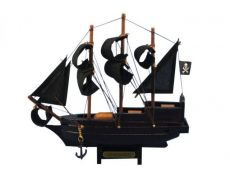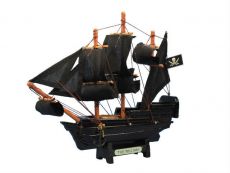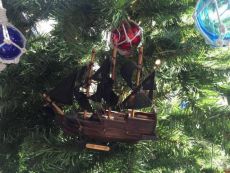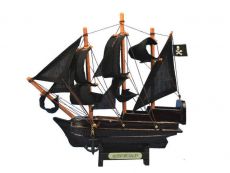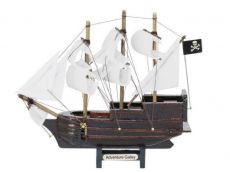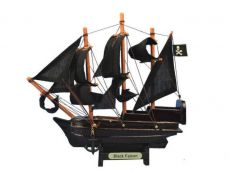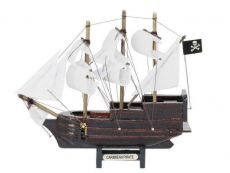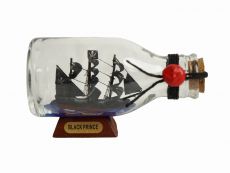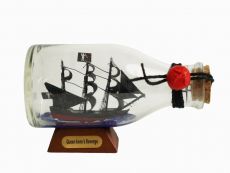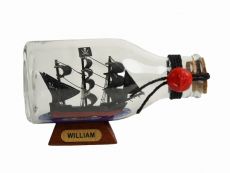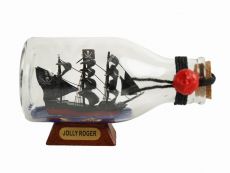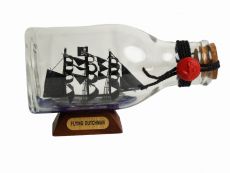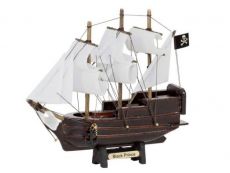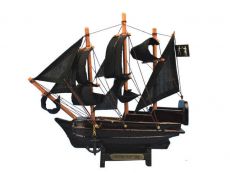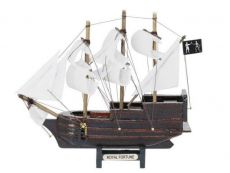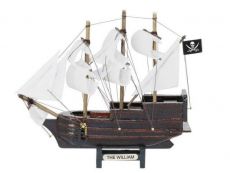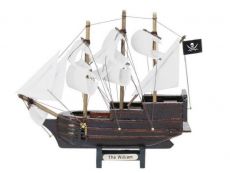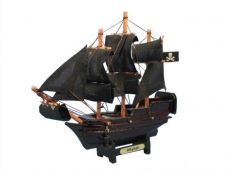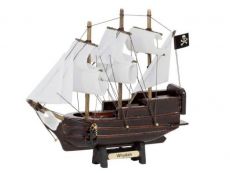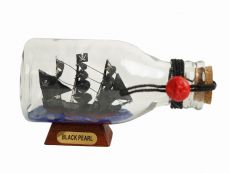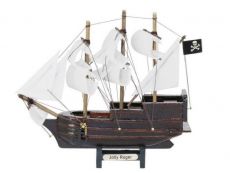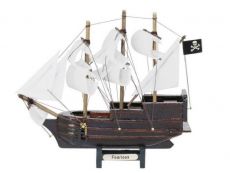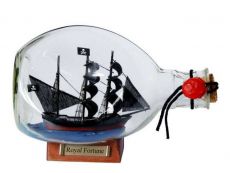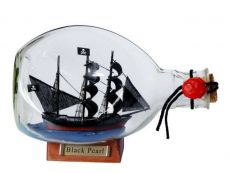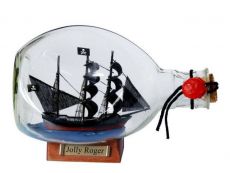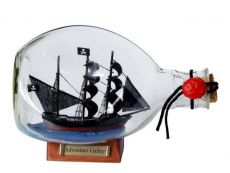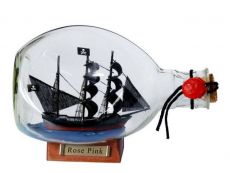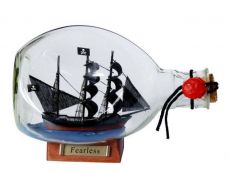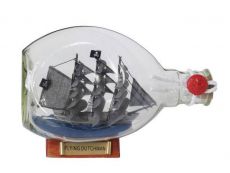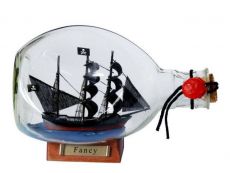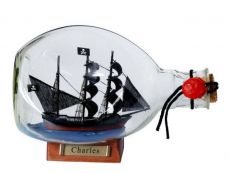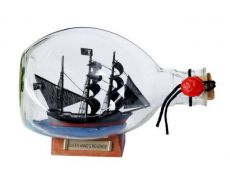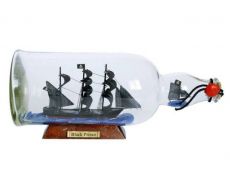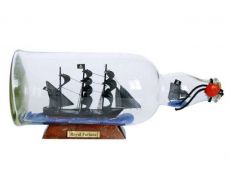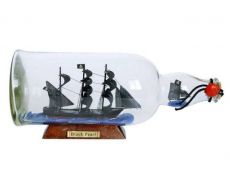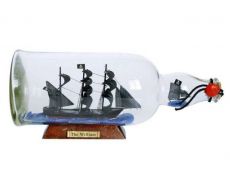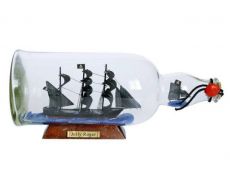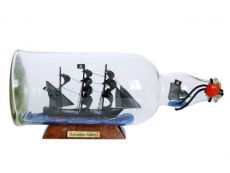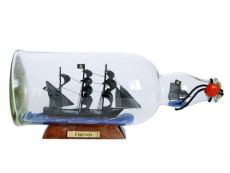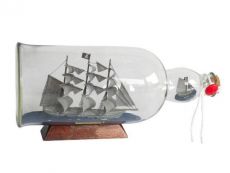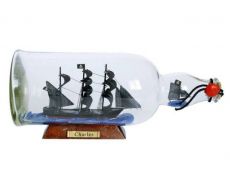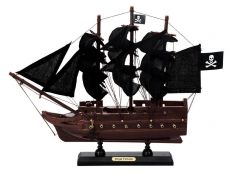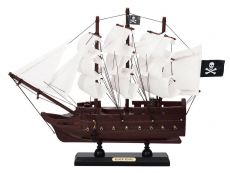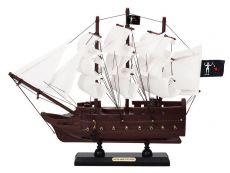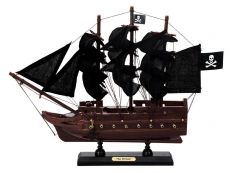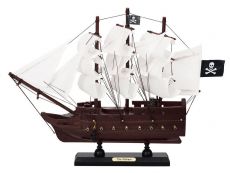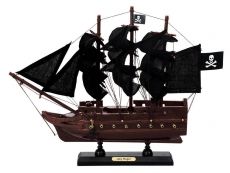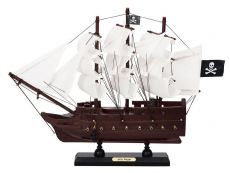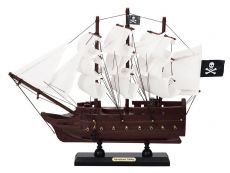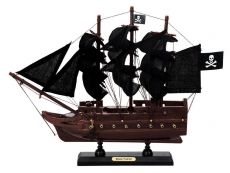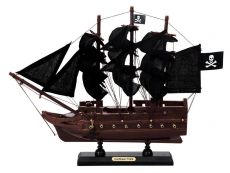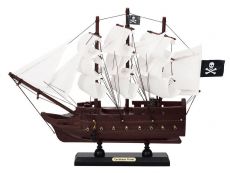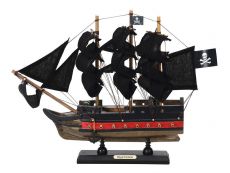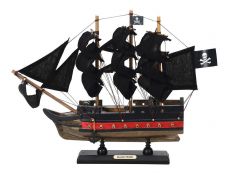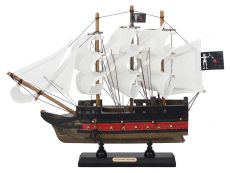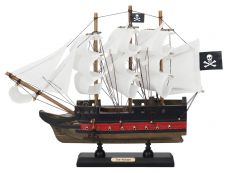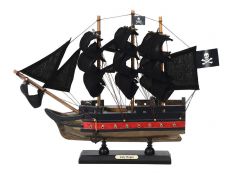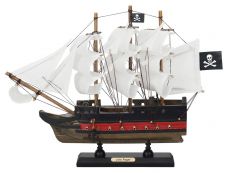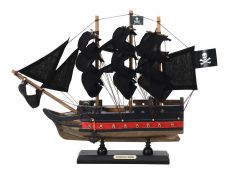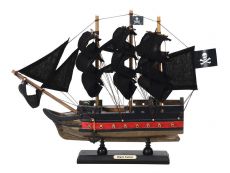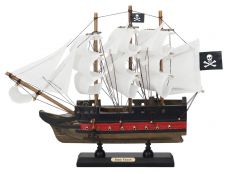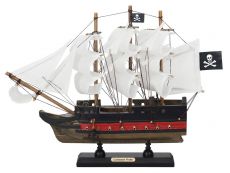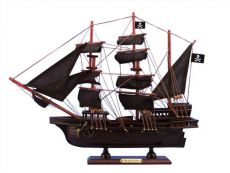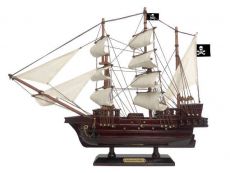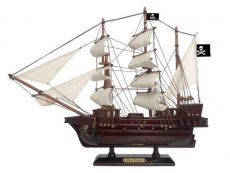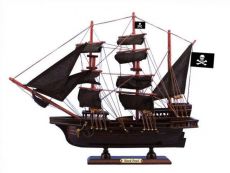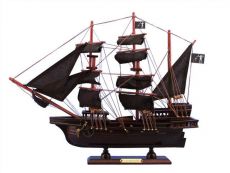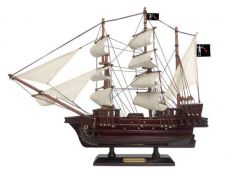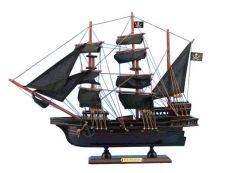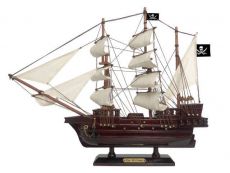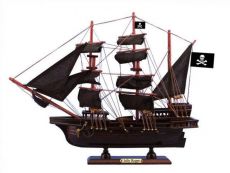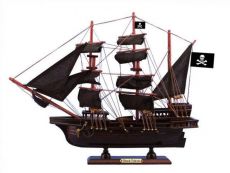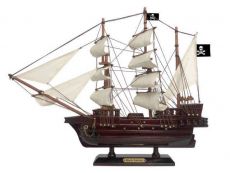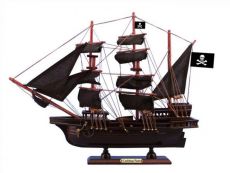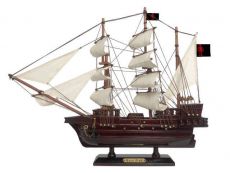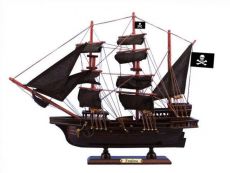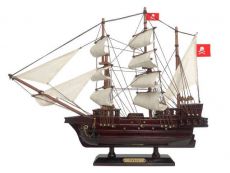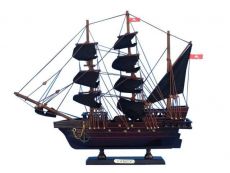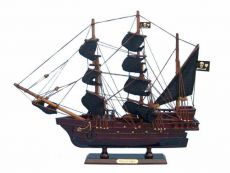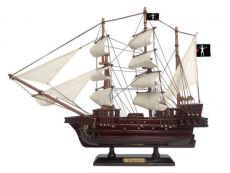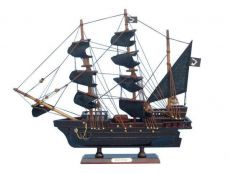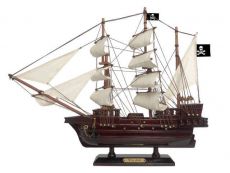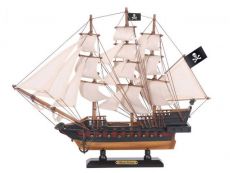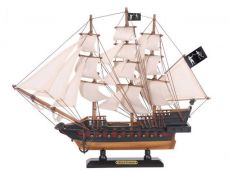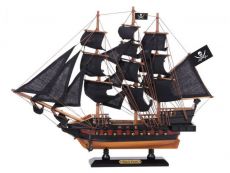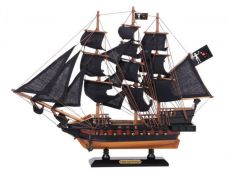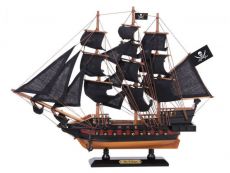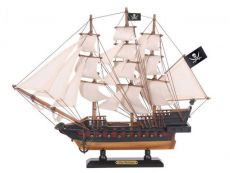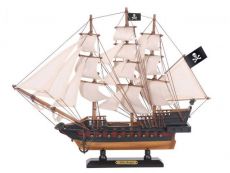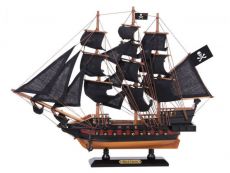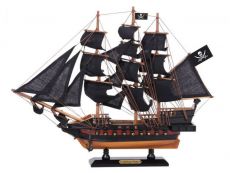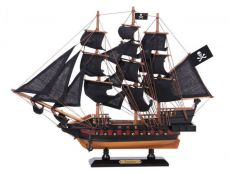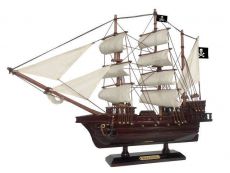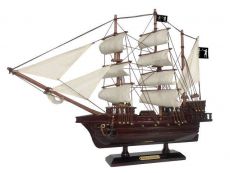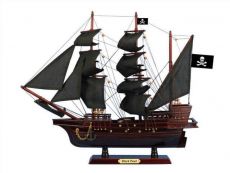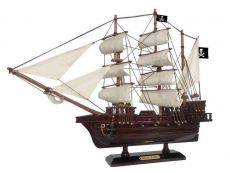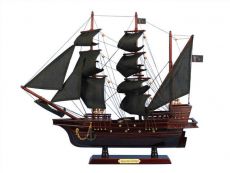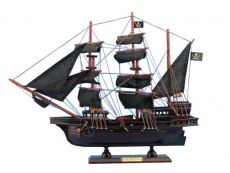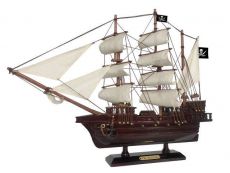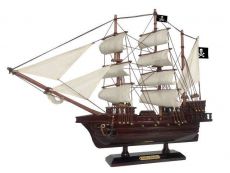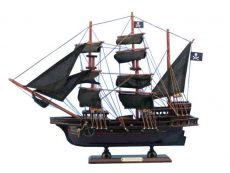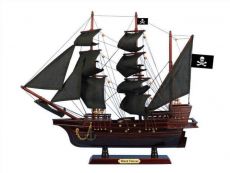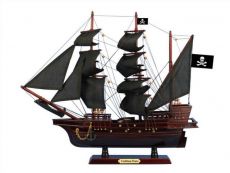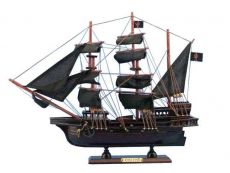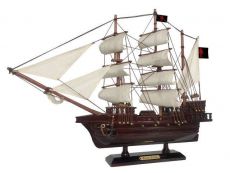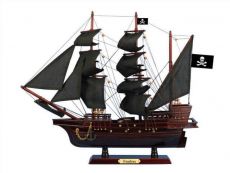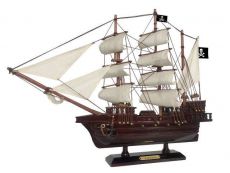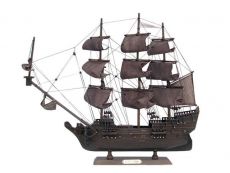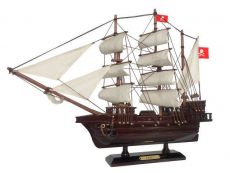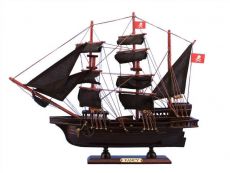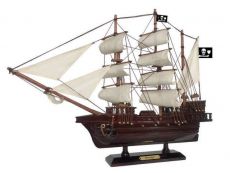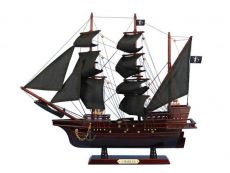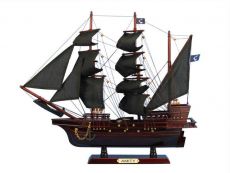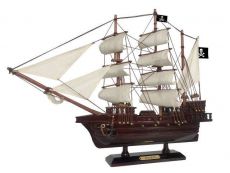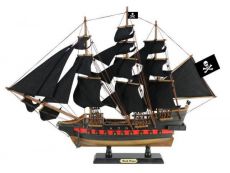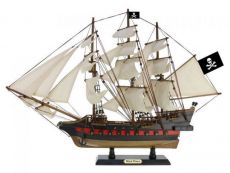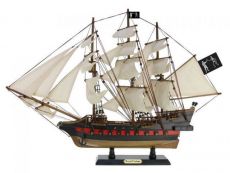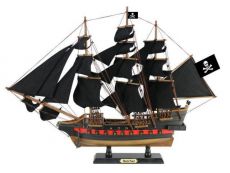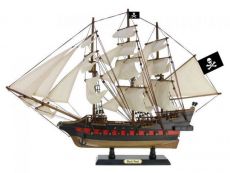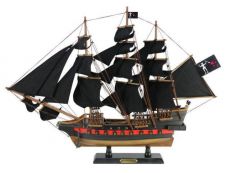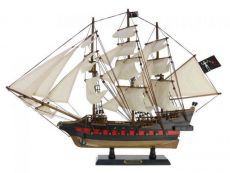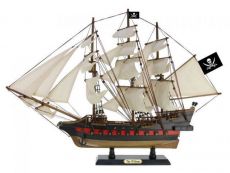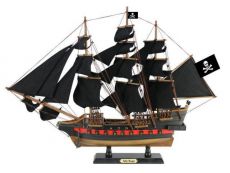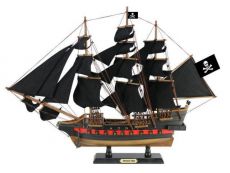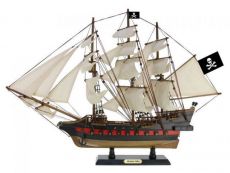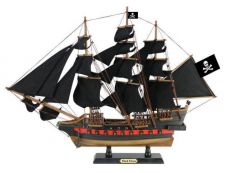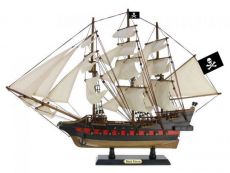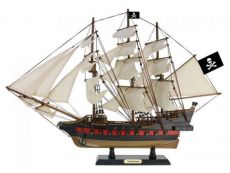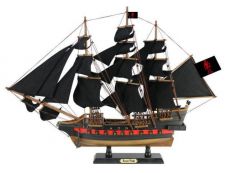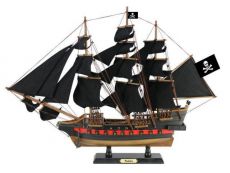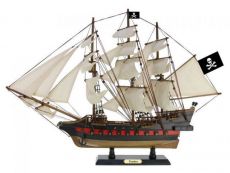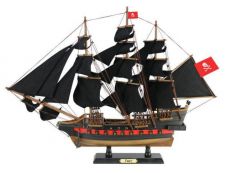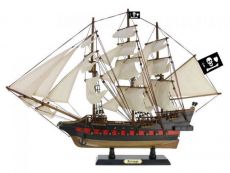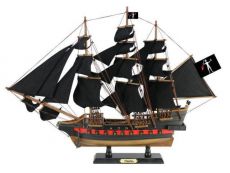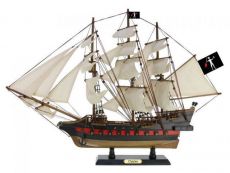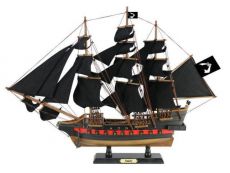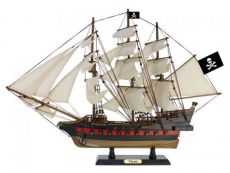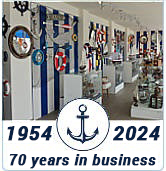Handcrafted Model Ships - Pirate Ships
Pirate Ships
Since 1954, Handcrafted Model Ships guarantees the lowest price, the highest quality and a 100% money back guarantee on Pirate Ships.
Decorate your home, or give as a gift to someone special our large selection of Pirate Ships.
Shop with confidence and showcase your passion for Pirate Ships with fast and free shipping on orders over $99!
| (240 Items) Sort: |
Pirate Ship Models
A pirate ship is a powerfully evocative image, but over the years those emotions have shifted from the negative emotions of terror and dread to the much more positive feelings of romance, adventure. and independence. This is no doubt because of the Hollywood depiction of pirates in movies ranging from Walt Disney's Pirates of the Caribbean to Renny Harlin's debacle Cutthroat Island.
Handcrafted model ships has a huge selection of pirate ships for sale. In addition to getting a wooden pirate ship model (such as Blackbeard's Queen Anne's Revenge, Calico Jack's The William, Black Bart's Royal Fortune, or Edward England's Pearl) you might also consider getting some pirate decor for your next party or even a humorous pirate sign for your the young or the young at heart.
Pirates... Buccaneers... Corsairs... Freebooters... Scallywags... It is impossible to imagine the days of the sailing tall ships without these thinking of these outlaws of the high seas. Whether evoking the image of daring adventurers or dangerous marauders, pirates and their ships are icons of the thrills and dangers of the seas.
Handcrafted Model Ships is proud to offer an extensive collection of models inspired by history’s most legendary pirates, drawn from the Golden Age of Piracy. We also offer several historical replicas of famous privateers and commerce-raiders from the American Revolution through the Civil War.
The Golden Age of Piracy was centered in the Caribbean Sea and encompassed the mid-17th to mid-18th centuries. Most modern impressions of the “classic pirate” (eye patch, peg-leg, cutlass and pistol, Jolly Roger pirate flag, etc.) are drawn from this period, when rich trade and treasure ships sailed between the New World and the Old. Based in the Caribbean Isles away from the dominion of European governments and sometimes even supported by corrupt colonial officials, pirates raided shipping in the eastern Pacific, Spanish colonies of the Americas, Caribbean, North American Eastern seaboard, Western African coast and even into Arabia and the Indian Ocean.
Piracy in the New World dates back to the 16th century, when the first Spanish treasure ships loaded with Aztec treasures were raided and plundered by French and English pirates (among others). Often, the so-called “pirates” were in fact privateers, operating with a commission (known as Letters of Marque) to attack ships of the enemies of their mother-country. Sir Francis Drake was among the most famous of the Elizabethan explorer/privateers and a champion of the Queen. Using privateers or turning a blind eye to piracy by their own subjects against the ships of rival countries allowed European nations to engage in a proxy war among their far-flung colonies that mirrored their continental battles and conflicts between formal Armies and Navies.
Privateers were not always scrupulous in avoiding attacks against the vessels of neutral or friendly countries, and sometimes operated under multiple Letters of Marque enabling them to raid almost anyone and claim it was “legal”. If captured by enemy navies, privateers were to be treated as prisoners-of-war, though often they were summarily executed as pirates regardless of their genuine actions … but also often because of them.
As long as there has been commerce at sea there have been pirates. The first recorded large-scale piracy was documented in the 13th century B.C. against the Egyptian Empire by the so-called “Sea Peoples”. Some cultures turned to piracy because their seaside homelands were poor or lacked natural resources, and they accepted raiding the vessels of richer neighbors as a legitimate occupation. Other cultures, such as the Vikings of Scandinavia, were great sailors from a warrior culture who freely mixed a little piracy and marauding in with their exploration and trading.
The Buccaneers of the Caribbean have a similar background. They were primarily adventurers, vagrants, settlers, outcasts, ne’er-do-wells and others of French origin who settled in Hispaniola (now Haiti and the Dominican Republic) during the mid-1600s and later spread to Tortuga. They attempted to survive by hunting and farming, and gained the name “boucanier” in French for the way they smoked the meat of wild pigs, cattle and manatee to preserve it.
Unfortunately, the boucaniers found that they could not support themselves, and since the Spanish who viewed them as unwanted squatters and vagrants were trying to drive them out of the Caribbean, the boucaniers had no qualms about engaging in the occasional raids against Spanish ships or settlements to supplement their incomes and food supplies. Boucanier crews or raiding parties could become quite large, and were eventually joined by English and Dutch enemies of the Spanish, at which time “buccaneer” joined the vocabulary of English as a synonym for “pirate”.
In the ancient and feudal eras before the existence of large standing military forces, armies were largely conscripted only during times of war and supplemented by hired mercenaries generally paid in loot and plunder. Privateers served this purpose at sea, when national navies were small but needed to be quickly expanded during an outbreak of hostilities. By the 16th century, issuing Letters of Marque was a common and routine practice among European nations, and privateers were a large part of the total military force operating at sea throughout the 17th and 18th centuries.
Privateers played important roles in the conflicts of the era, including King George’s War, the Nine Years War and the War of the Spanish Succession. This latter conflict was known in the English American Colonies as Queen Anne’s War, and was part of the larger series of French and Indian Wars. American, British and French privateers were all active in the conflict raiding one another’s ships, but when the war ended not all were ready to forego the lure of easy spoils. Privateer Edward Teach renamed his ship Queen Anne’s Revenge and turned to piracy, becoming known by the name Blackbeard. Other famous pirates such as Black Bart, Ed Low and Calico Jack all come from this era. And though pirates are generally thought of as being all men, two of the most-feared members of the crew of Calico Jack were women.
Continuing into the Revolutionary War, privateering remained a critical naval strategy for the Americans. Lacking a sizable commissioned fleet (not to mention the funds or time to build one) able to engage the Royal Navy or raid British and Loyalist shipping or interrupt supply lines, the Continental Congress turned to privateers to fill this role. Benjamin Franklin was instrumental in persuading Congress to issue Letters of Marque, and he bestowed the first upon a black-painted night-raider known as the Black Prince, a privateer that went on to become a terror among British shipping. Throughout the war, an estimated 55,000 American sailors served aboard privateers, while British and Bermudian raiders also exacted a heavy toll on merchants of the break-away colonies.
The War of 1812 also saw heavy activity by privateers. American top-sail schooners had become a formidable design for the fast and nimble raiders, and led by the Prince de Neufchatel they took to raiding British merchant shipping within the English Channel itself. To combat this threat, the British attacked and burned the shipyards at Essex, Connecticut where such privateers were being built, resulting in the Americans’ greatest financial loss of the entire war.
By the time of the American Civil War, the age of the privateer had passed and European powers drew close to outlawing the practice of issuing letters of marque. The Confederacy issued some privateering licenses against Northern shipping, but eventually turned to commissioned commerce raiders, such as the CSS Alabama. , which famously raided Union merchant ships along the European coast until it was finally blockaded and sunk by the USS Kearsarge. As several Confederate commerce raiders were built by the supposedly-neutral England and turned over directly to the Confederate Navy, the United States later sued Britain and sought reparations, resulting in the Alabama Claims. Settled through international arbitration, they were important in starting the movement to codify international law, laying the groundwork for the development of the Hague Convention, League of Nations, World Court and the United Nations.
With the growth of modern, standing armies in the 19th century, the era of privateers came to an end and with it the thousands of independent-minded adventurer-sailors that provided such a spawning pool for large-scale piracy. And though modern piracy continues to remain a threat in regions where major shipping lands border poor, developing countries with weak governments, the Golden Age of Piracy has slipped into history along with the tall ships with which it is so ironically tied.





 Handcrafted Model Ships
Handcrafted Model Ships

